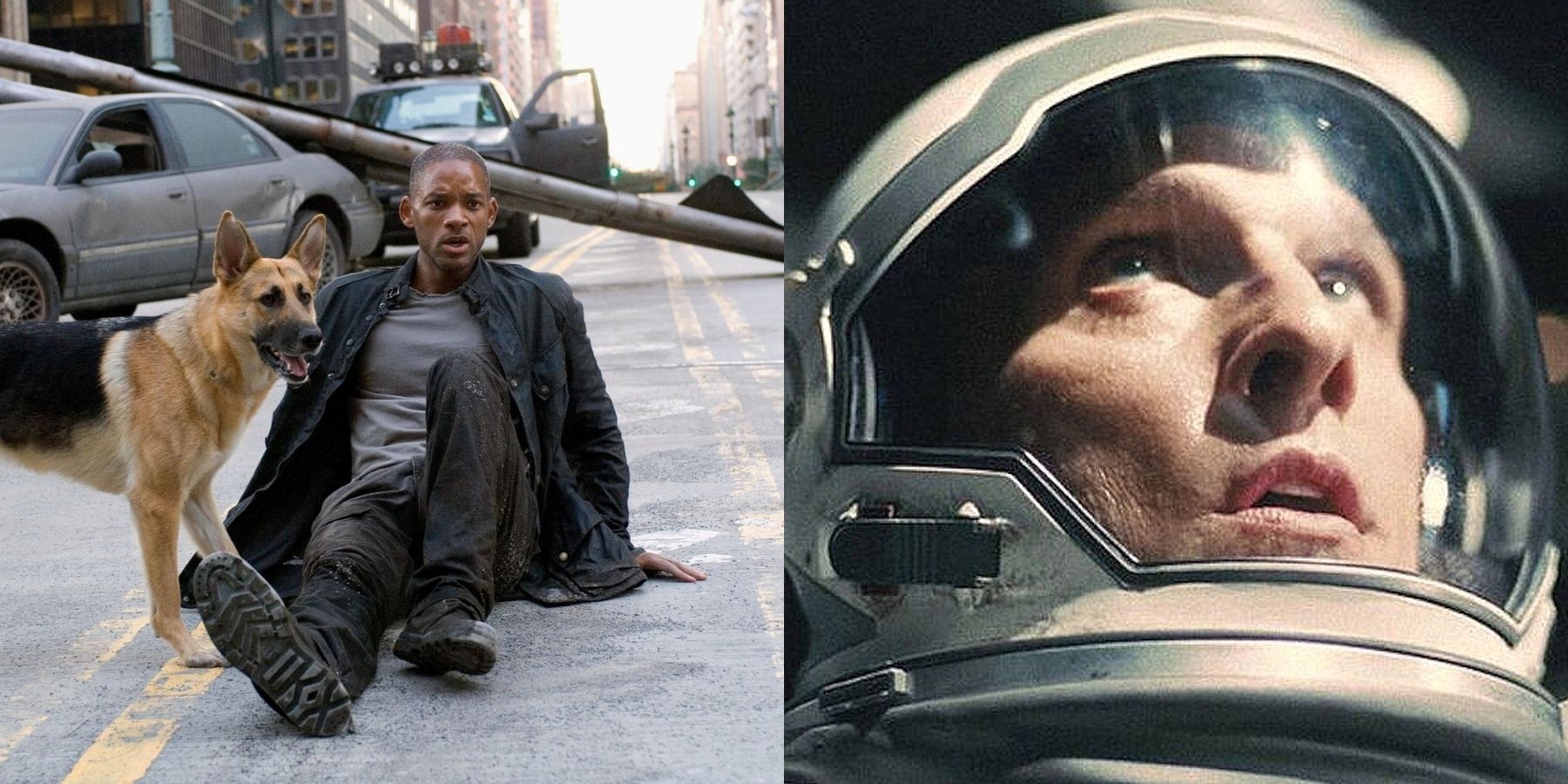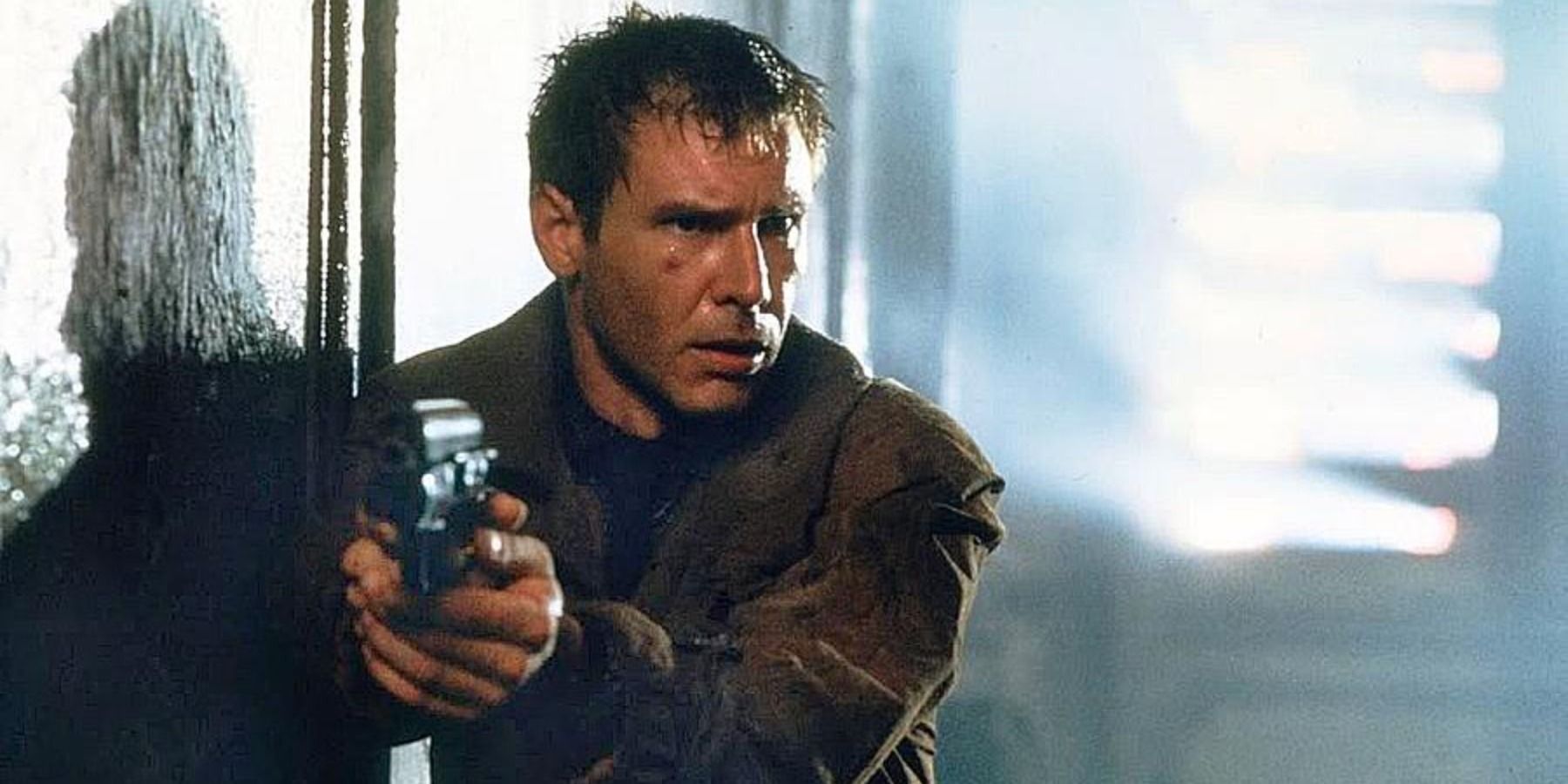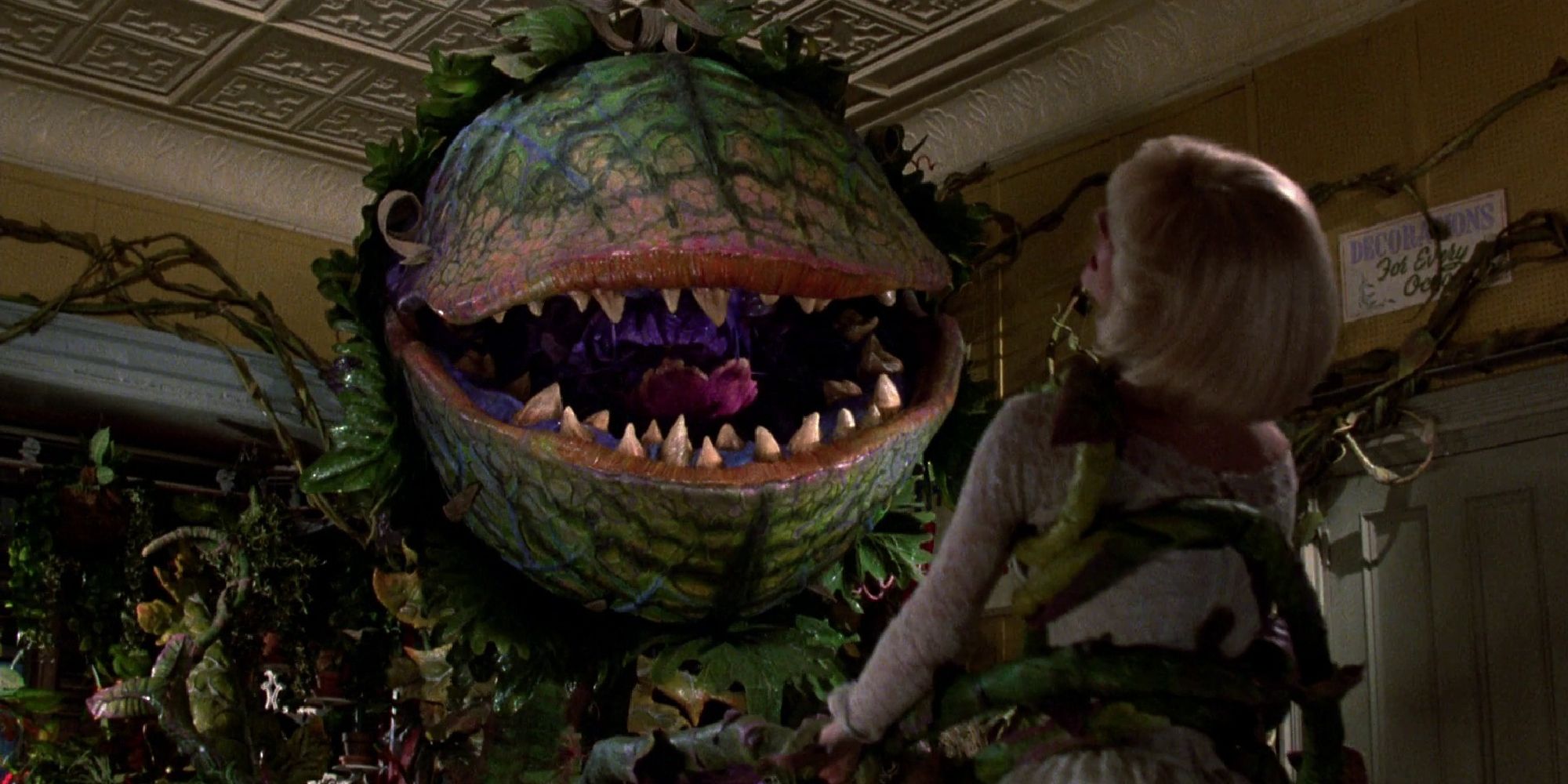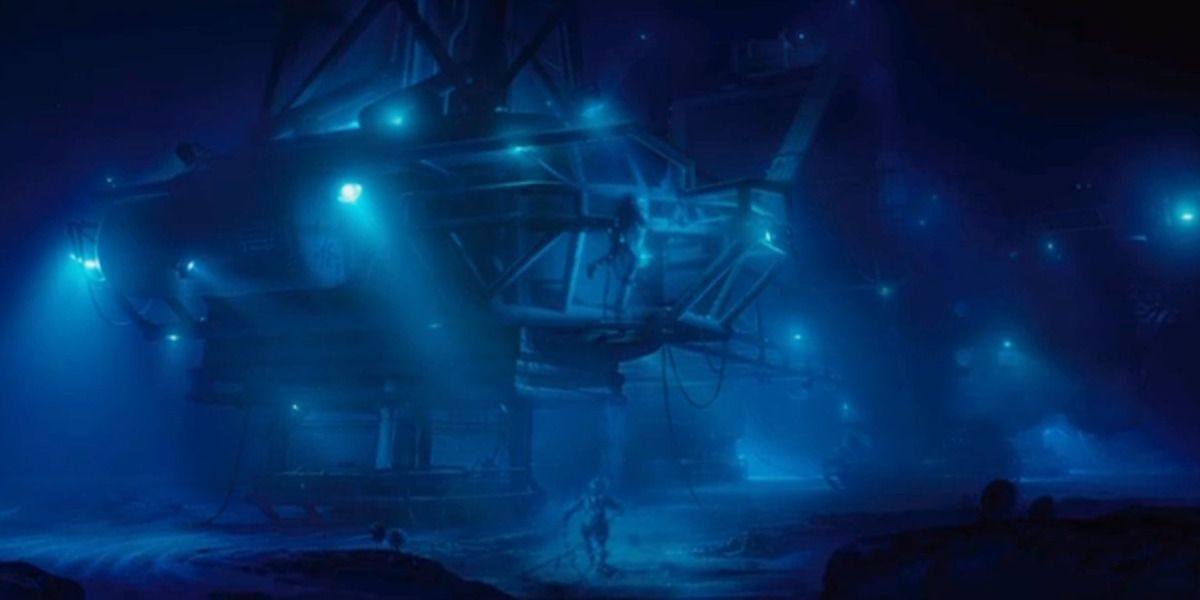Successful sci-fi movies and series are usually wholesome experiences that capture the imagination, provide glimpses into alternate realities, and leave a long-lasting effect on the audience. It's hard to imagine that some beloved films could have had completely different endings.
It's not uncommon for sci-fi movies to have several endings before the director and the studio decide on the one that will hit the theatres. The fans can only hope to catch a glimpse of the alternative cuts on DVDs or Blu-rays. As it happens, these highly successful sci-fi films almost ended differently, and if they had been cut today, their stories might have concluded differently.
Updated on March 9, 2023, by Kristy Ambrose: It's a question of editing, test audiences, production values, reshoots, and studio interference that determines how a movie ends. There are also possible sequels to think about, and how it affects the storyline of the extended universe, and there usually is one these days. The trend isn't limited to science fiction, but when it happens in this genre the stakes tend to be on a planetary or existential scale. Here are a few more examples of science fiction movies that almost had a completely different ending.
8 Bladerunner (1982)
Ridley Scott is a director that always butts heads with studios, and every single one of his movies seems to have at least two versions; a theatrical version and a director's cut. In the case of Bladerunner, this cult classic about the modern android, known as a replicant, now has several different versions, some with a narrator and some without, so it's easy to forget that it has two different endings.
Scott wanted the ending of the movie to be more ambiguous, which is why his version ends as soon as the elevator doors close on Deckard and Rachel as they make their escape. In the theatrical version that the studio pushed for, the movie continues for a few minutes and shows them flying over a lush forest, in which narrator Deckerd explains certain details that soften the harsh ending.
None of these revelations, such as Rachel being a more advanced model that doesn't have a fixed termination date, affect the sequel or lore in any way so at least that part doesn't matter.
7 I Am Legend (2007)
Francis Lawrence's post-apocalyptic sci-fi thriller, loosely based on Richard Matheson's novel of the same name, shows the world where humans were infected by a virus that either killed or transformed them into bloodthirsty mutants called Darkseekers. The story follows Robert Neville, played by Will Smith, New York City's sole human survivor, who is immune to the virus and works on developing the cure while fending off the mutants.
The theatrical cut has a rather grim but heroic ending — the Darkseekers invade Neville's lab just as he finds a cure to the virus. To protect it, save other survivors, Anna and Ethan, and give humanity a fighting chance, Neville blows himself up along with the Darkseekers.
The alternative ending, released on the DVD special, was much closer to the original novel and portrayed Neville in a darker light. In it, Darkseekers still storm the lab, but instead of sacrificing himself, the virologist realizes the monster's real motivation, which is to free the female test subject, who turns out to be the mutant leader's mate.
After Neville sets her free, the Darkseekers depart peacefully, leaving him to contemplate the atrocities he committed during his experiments and the monster he became in the eyes of the infected. While this version had a seemingly 'happier' ending, with all the survivors making it to the camp, the test audiences preferred the heroic act and the dramatic explosions.
6 Little Shop Of Horrors (1986)
Here's an example of a dark but comical ending that might have been retained had Little Shop of Horrors been made in another era. Instead of successfully defeating Audrey II, the killer plant that fed on human blood, it eats both Seymour, the main character, and his love interest, the original Audrey. It's then strong enough to replicate, and the final scenes include several giant killer plants tearing apart the city.
Test audiences weren't too keen on the ending, however, which sees our downtrodden but plucky protagonist turned into plant food. An alternative ending was used instead, in which Seymour manages to electrocute Audry II before it can do any more damage and stop the global carnage before it even starts.
5 Butterfly Effect (2004)
This popular sci-fi psychological thriller stars Ashton Kutcher as a college student, Evan Treborn, who finds out he can travel in time and attempts to change the traumatic events that affected himself and his friends in the past. His actions have domino-style consequences, messing up the present in unpredictable ways.
In the familiar, melancholic ending, Treborn decides to take the moral route and time travels one last time to ensure he never gets together with the love of his life, saving her and his friends from the impending pain. While the official ending was bittersweet, it didn't come close to the darkness of the director's cut that almost made it to the screens.
Treborn travels back to when his mother was pregnant and strangles himself with his umbilical cord, ensuring that his time-traveling curse isn't passed down to the next generation and his friends go on to live happy lives, unimpacted by his meddling. A dark ending, even by sci-fi measures.
4 Interstellar (2014)
Christopher Nolan's hugely successful sci-fi epic is set in a world where humanity was near-extinguished by an environmental catastrophe and had to find a new home. The story centers around the former NASA Pilot, Cooper, played by Matthew McConaughey, who joins a top-secret government project and must leave his daughter behind and travel through a wormhole in the hopes of finding refuge.
After a rollercoaster of time and space travel twists, Cooper stumbles upon a Tesseract that allows him to leave hints about saving humanity for his daughter at different times in her life. The movie has a relatively happy ending, with the protagonist making it out alive thanks to his love for his daughter and re-uniting with her elderly version and his partner. However, this was always an ambiguous plot point, with several viewers still questioning the ending of Interstellar, which was never really explained.
However, the rumored original ending was much darker although even more difficult to bring to a definitive ending. The wormhole collapses on Cooper, making it unclear whether or not he managed to survive, send a message to his daughter, or even save humanity. Fortunately, this ending was cut.
3 The Abyss (1989)
This could be James Cameron's greatest movie, not only the best written and executed but also the one with some of the most stunning special effects, and it's the one project in his vast portfolio that everyone seems to forget. The Abyss was a science fiction film about the bottom of the ocean, a place just as mysterious and inhospitable as deep space, and it turns out both have alien life forms.
The differences in the ending, along with part of the storyline, are focused on the aliens living at the bottom of the Cayman Trough. Instead of just passively standing by while a wayward nuclear warhead from a disabled submarine ticks nearby, as they do in the final cut, they use their powers to control the ocean to threaten humanity in an equally terrifying way. The televised version got to see some of the edited clips of the massive tidal waves that were hanging over most of the world's major cities should humans continue to threaten the world with nukes.
2 Alien (1979)
Ridley Scott's sci-fi horror gained cult status through the years, launched one of the most successful franchises, and established Ripley, played by Sigourney Weaver, as one of the most badass female sci-fi characters. The story follows a crew that finds itself trapped aboard a spaceship called Nostromo, with a deadly alien methodically eliminating them one by one.
The theatrical 'happy' ending shows the sole survivor, Ripley, escaping Nostromo, blasting the alien into space, and entering herself and the cat Jonesey into stasis to reach Earth. The original ending that almost happened had a very different tone. It saw the Xenomorph winning the final confrontation, ripping Ripley's head straight off, and using trickery to record the captain's final log and potentially lure another unsuspected human crew onboard.
Fortunately, the studio didn't want to miss out on a sequel opportunity and put its foot down, threatening to fire Scott if he refused to change the ending. Much to the joy of the fans of the franchise and Ellen Ripley.
1 The Terminator (1984)
There's hardly a person out there who hasn't seen or at least heard of James Cameron's cult machine-killer sci-fi action film. The story of The Terminator follows a cyborg assassin who is sent back in time to eliminate Sarah Connor's unborn son, John, who is bound to lead a human resistance against a rogue AI, Skynet, in the future.
While it might look as if Cameron has decided to launch a sequel only due to the original film's success, as it turns out, he had it in mind all along. The original ending shows a man picking up a computer chip from the crushed T-800 and sending it down to the R&D department.
The camera zooms out to reveal that the building belongs to Cyberdyne Systems, the company that will invent the apocalyptic Skynet. However, Cameron decided to remove the scene, not to take away the focus from Connor's emotional journey, rightly believing that the audience will fill in the gaps.









